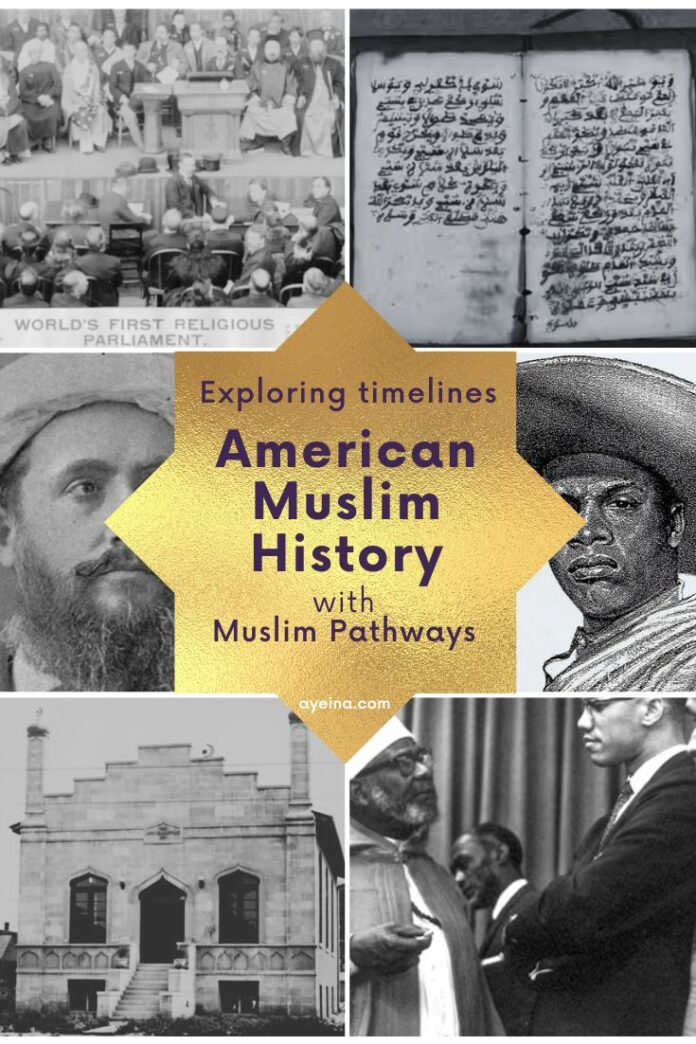For many American Muslims, there’s a constant tension between where we came from and where we are now. We may feel caught between certainty and doubt. Between familiar practices and new pressures. Between who we were taught to be and who we’re discovering ourselves to be. It can be disorienting. But think of your journey not as a detour, but as the road itself. Every prayer you manage to hold onto, every Islamic habit you cling to in a non-Muslim environment – that’s strength. That’s resilience. That’s faith being lived.
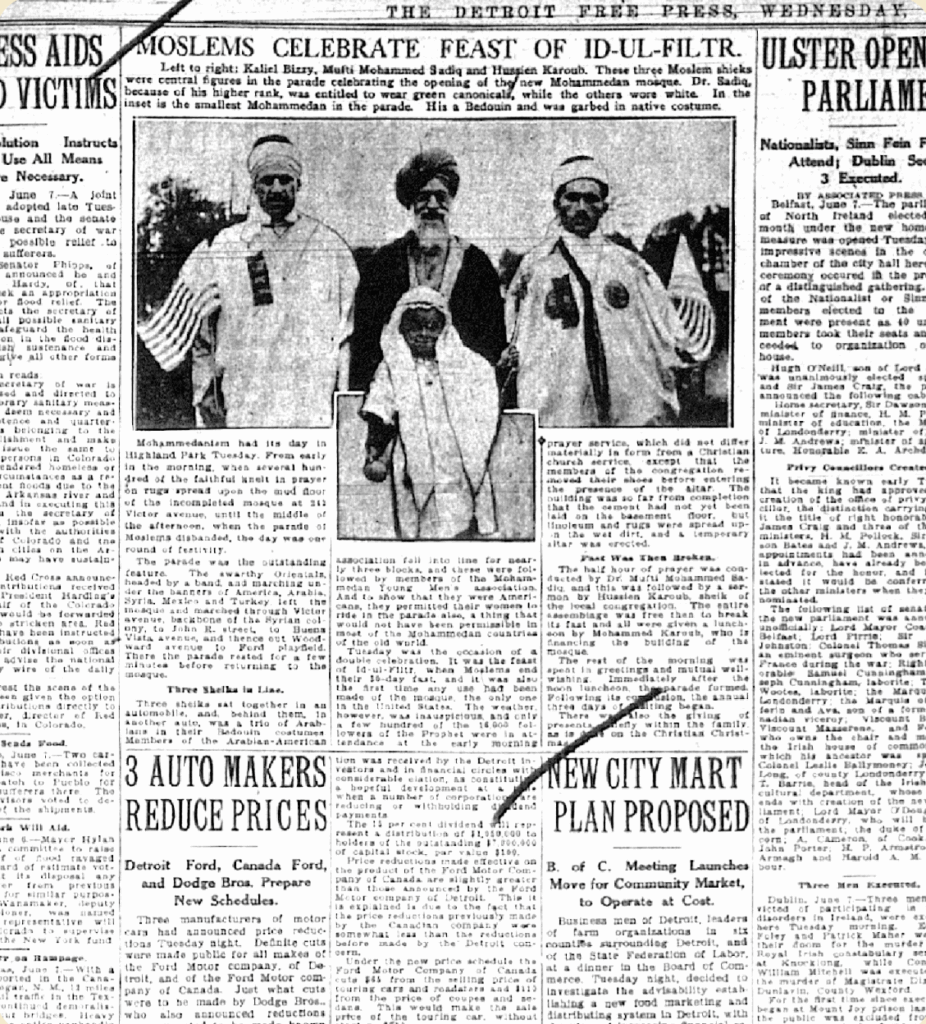
Sometimes, the most powerful lessons come not when we’re standing still but when we’re in motion, navigating the uncertainties, the transitions, and the many turns life throws our way. Whether you’re changing cities, starting a new job, raising kids in a culture that often feels unfamiliar, or simply figuring out what kind of Muslim you want to be… you’re not alone. In fact, you’re right where many American Muslims find themselves today: building while moving. Let’s explore the roots of Muslims in America through Muslim Pathways:
American Muslim History
From the first verified Islamic organizations of the late 1800s, to the vibrant mosaic of mosques, schools, and cultural centers we see today, our institutions grew slowly at first, then flourished with every new wave of migration and conversion. With every new masjid, with every classroom of children learning to say Bismillah, with every neighbor welcomed to an iftar table — we are planting roots in motion.

When we walk into a masjid built in the 1920s by early African American Muslims, or visit a school started by immigrant families in the 1970s, we aren’t just entering a building. We’re stepping into stories of sacrifice and vision. Every wudu station, every prayer rug, every classroom – is a testament to a people who believed that even in a land that felt foreign, Islam could still feel like home.
History of Mosques in America
The first mosque in America was built in 1893 in Chicago. It was fascinating to listen to how early Muslims in America brought this beautiful act of worship in the land that had never heard the adhaan before. It symbolized something deeper:
– Presence in a society that didn’t know much about Islam
– Intention in a culture of distraction
– Survival in the face of Islamophobia and invisibility
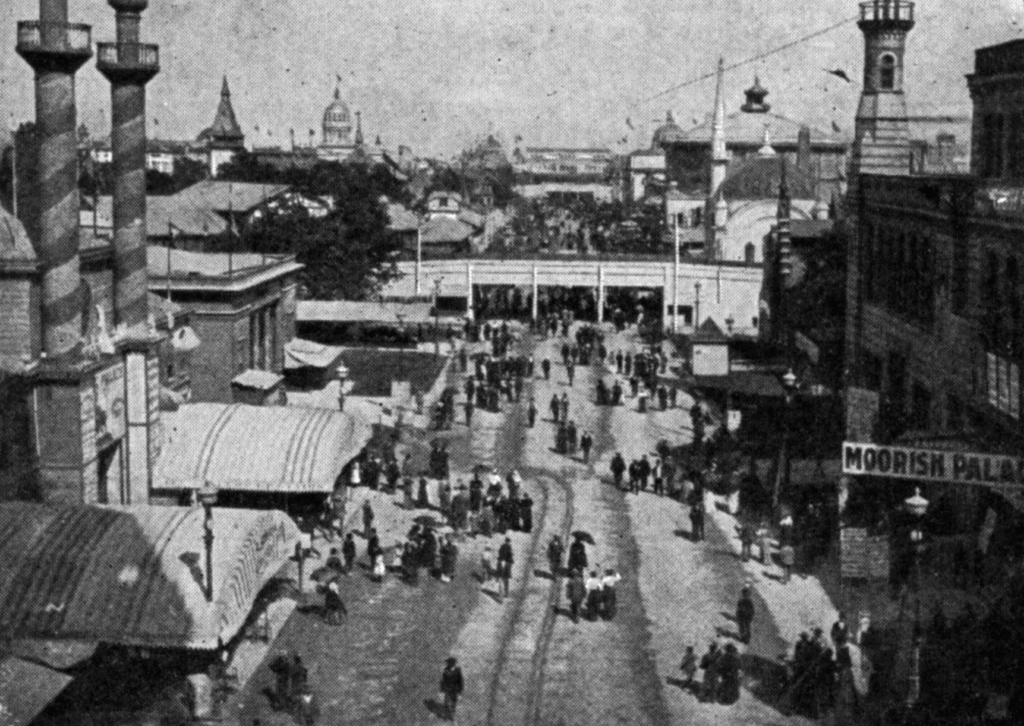
“The mosques of Allah are only to be maintained by those who believe in Allah and the Last Day and establish prayer and give zakah and do not fear except Allah…” [Quran – 9:18]
Reading this piece will remind you – It’s easy to think of mosques or community centers as just buildings, but when you look deeper, they’re more than that – they’re symbols of presence, faith, and survival. They tell the story of American Muslims who recognize the importance of building and maintaining Islamic institutions to preserve their identity. One of the most powerful lessons I’ve learned is this: We don’t have to wait until things settle to start living a meaningful life. You build from scratch – however you can with whatever you have!
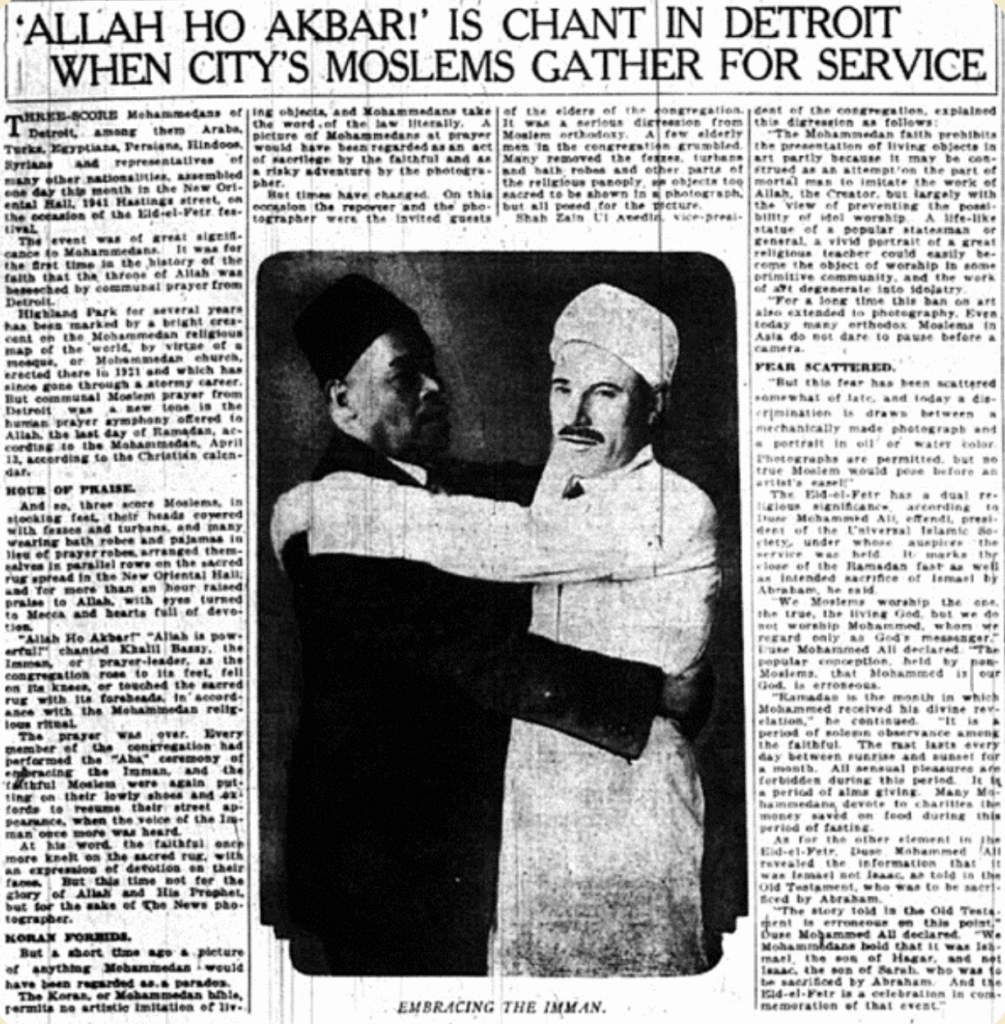
The Architecture of Belonging
Islam teaches us that the entire earth is a place of worship (as narrated in Bukhari). You don’t need a building to pray. But still, we are called to build:
“In houses (mosques), which Allah has ordered to be raised (to be cleaned, and to be honoured), in them His Name is glorified in the mornings and in the afternoons or the evenings” [Quran – 24:36]

And so we built:
– Mosques that offer more than just prayer, but a place to feel held.
– Islamic schools that pass on deen alongside math and history.
– Cultural centers that give us language classes, community dinners, and storytelling nights.
I came across this beautiful reflection on Muslim Pathways titled “Building Foundations While On the Move” – It’s a heartfelt piece that gently reminds us that we don’t have to have everything perfectly in place before we start laying the groundwork for a meaningful life of faith and purpose. It’s a reflection that resonated deeply with us because the truth is, most of us aren’t waiting for the perfect conditions to grow—we’re trying to grow while living. That the story of Muslims in America isn’t just about relocation; it’s about resilience, rebuilding, and re-rooting our faith in new soil. Community centers and mosques in America aren’t just places of worship. They’re anchors. Through these institutions, we turn the abstract idea into something concrete – into minarets and gymnasiums, classrooms and carpets, love and legacy.

Belonging in the American Muslim Story
There is something deeply moving about the idea of creating roots even while your feet are still searching for solid ground. For American Muslims, this isn’t just a poetic idea. It is our history. Our reality. Your story is part of the early American Muslim experience. We come from many places, with many tongues and stories, yet we share a spiritual compass that keeps pointing us toward something higher: the longing to belong, not just in America, but in the eyes of Allah. Whether you’re a second-generation immigrant, a convert, a refugee, or someone rediscovering their faith later in life — you are shaping what it means to be Muslim in America. And not just through big accomplishments, but through the small, unseen acts of sincerity:
– Praying in your college dorm
– Listening to Qur’an on your commute
– Explaining hijab to a coworker with patience
– Making space for your kids to explore their identity with love
These things matter. They are the bricks and mortar of this ummah. It’s an opportunity to plant faith in new soil.

Timeline of Growth: American Muslim Revival Through Time
- Late 1800s: The first verified Islamic organizations are established in the U.S.
- Early 1900s: A handful of mosques exist by the end of WWI
- 1920s: African American Muslims spark a revival; Islamic houses of worship grow quickly
- 1965: The Immigration and Nationality Act brings a wave of Muslim immigrants
- 1970s – 2000s: Thousands of mosques, centers, and schools are built across the country
Each step, each decade, is a layer in our collective story. A story of endurance, faith, and the will to belong. Explore the complete timeline HERE. Don’t forget to take the quiz in the end to test your knowledge.

American Muslim Today
Islam is deeply personal, but it is never solitary. We are meant to rise together, serve together, build together. When a family donates to a new masjid project, or when volunteers teach Sunday school in rented church basements, or when young people organize a halaqah at a college campus — these are acts of collective effort. The Prophet ﷺ reminded us of the power of communal worship. The Qur’an commands us to gather every Friday [Surah Al-Jumu’ah 62:9-10].
Muslim Communities in the U.S.
The racial profile of Muslim Americans is complicated by the history of immigration and citizenship. The U.S. Muslim community is largely made up of immigrants and their children. Not all Muslims are newcomers— an estimated 5% of enslaved people transported to the New World from Africa were likely Muslim. Black Muslims continue to represent 20% of the community. The most prominent region of origin is South Asia at 35%, with 23% from other Asian regions, 25% are from the Southwest Asias/North African region (SWANA), an alternate designation for “the Middle East”. Nine percent are from sub-Saharan Africa, 4% from European nations, and 4% from Latin America or elsewhere in the Americas. Explore more in this detailed piece (along with references).
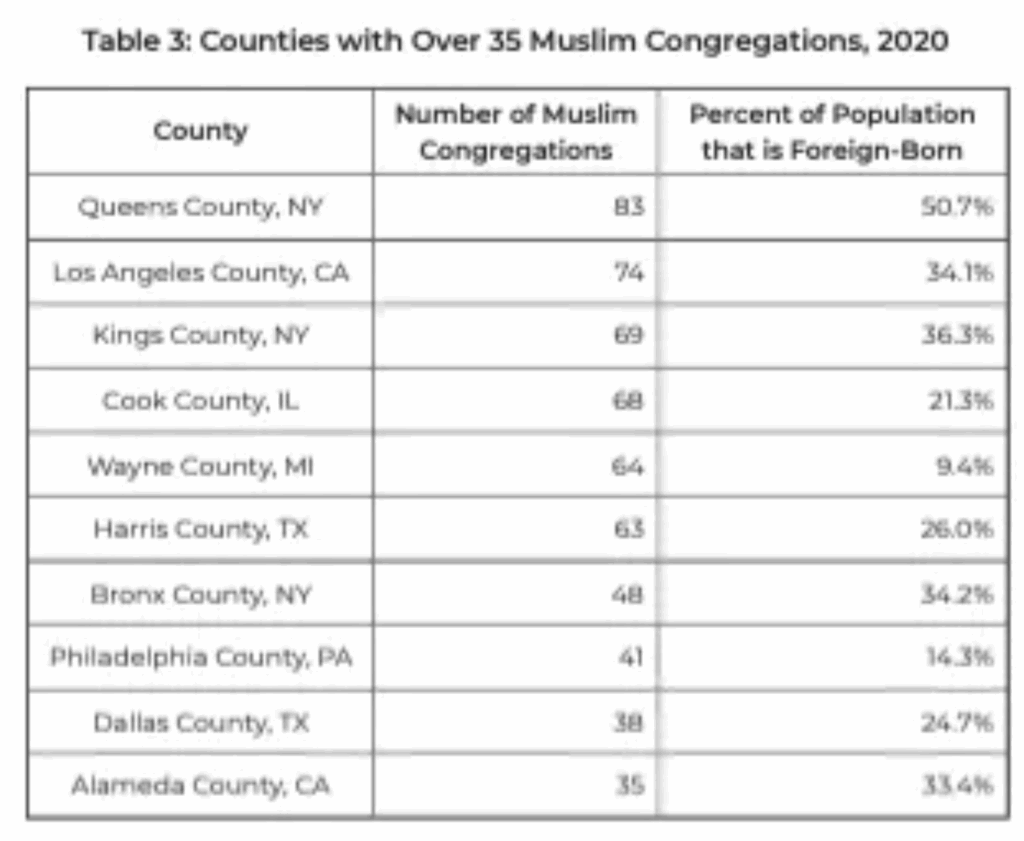
If you’re looking for inspiration stories, lectures, or simply a reminder that your spiritual journey matters right now, I really encourage you to visit the Muslim Pathways webpage. Give it a read, share it with a friend, and take a few moments to explore their pages and take some quizzes. You’ll also find:
- Resources to explore more of what it is like to be an American Muslim
- Lectures and articles that connect you to American Muslim history
It’s full of reflections, tools, and wisdom that speak to the real-life rhythm of being Muslim in today’s world.





